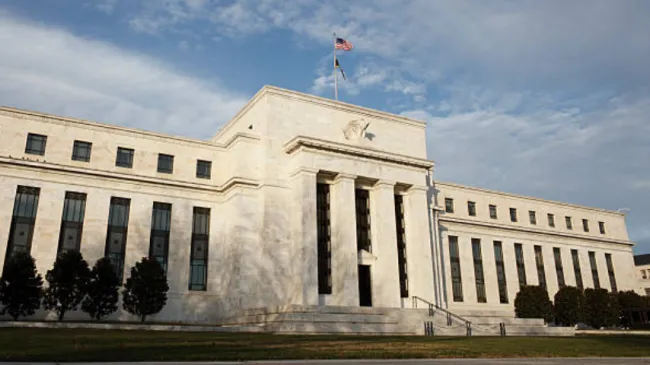Money and Banks
The Feds Before the Fed
Before there was the Federal Reserve there was the second Bank of the United States (1817–1836). Since the late nineteenth century, historians and economists have lauded this institution for its salutary control over the currency, its regulation of the state banks, its prudent stewardship of the government’s funds, and its example of a fruitful private/public partnership in the field of central banking.
Payday Lending: Serving the Unbanked
The Center for Responsible Lending says that payday lending is a predatory business in that it lures borrowers into a "debt trap." Mike Foley says this view is all wrong: pay-day lending provides liquidity when it is most needed, and an an opportunity to establish a positive credit history.
The Dollar vs. Gold
There is a fly in the ointment of economic recovery: a dollar that just won’t seem to stop its fall. The impression that this trend portends something ominous is bolstered by the inverse relationship of the dollar’s value on international exchange and the price of gold. As the dollar has fallen in the last year, gold has risen.
How Does Money Acquire its Value?
Hal Varian doesn't tell us why the dollar bill in our pocket has value, writes Frank Shostak. To say that the value of money is due to social convention is to say very little. What Varian has told us is that money has value because it is accepted, and why it is accepted? Because it is accepted! Obviously this is not a good explanation of why money has value.
Inflation: The Grand Illusion
Instead of the archetypal Austrian Business Cycle, writes Sean Corrigan, we currently have the bizarre modern phenomenon of the further discoordination caused by the wild orgy of debt-financed consumption. It has been officially promoted to keep aggregate spending and arbitrary price levels unconscionably high throughout the recession. To expect it to work is analogous to expecting that wrapping a corpse in an electric blanket to delay rigor mortis and bring about a resurrection.
The Fed’s Predecessors in American History
Before the Fed blessed this country with unlimited liquidity, American history saw two previous attempts at creating a centralized institution of money and credit: the First and Second Banks of the United States. Both generated financial havoc, and were rightly opposed by the champions of freedom and sound money. Historian Scott Trask explains.
Making Sense of Money Supply Data
There are many available definitions of the money stock: M1, M2, M3, MZM, and a host of others. Frank Shostak says that it actually does matter which one we use.








